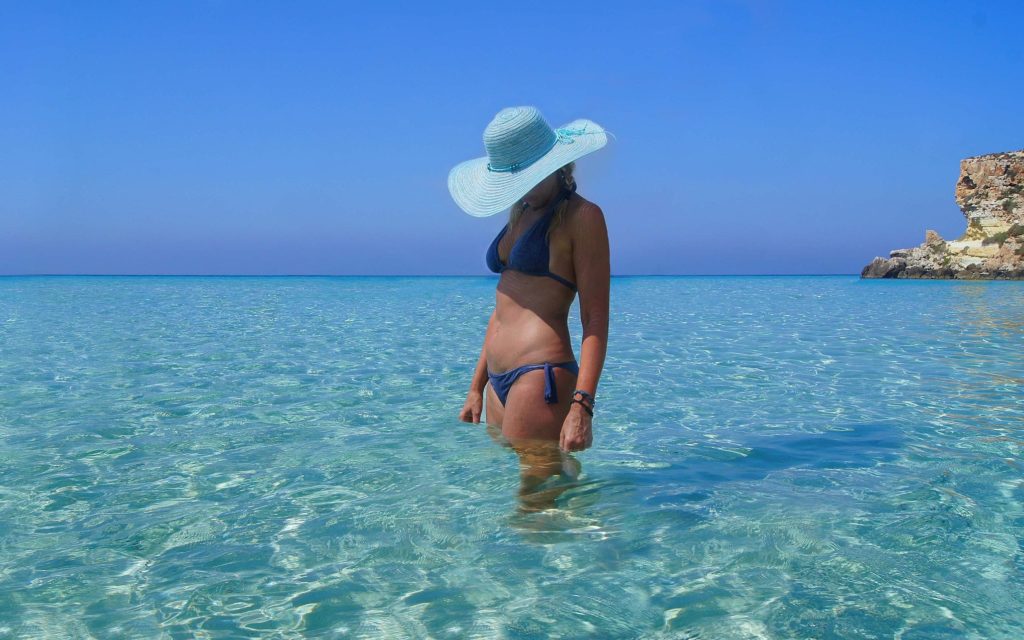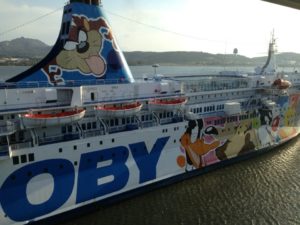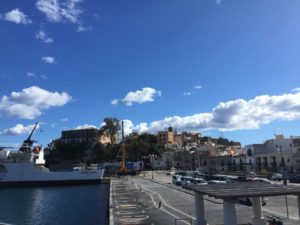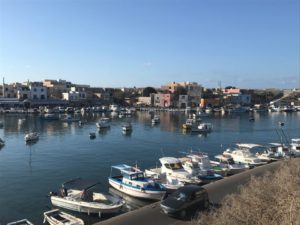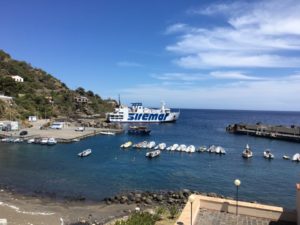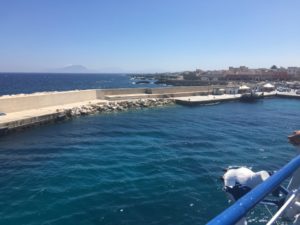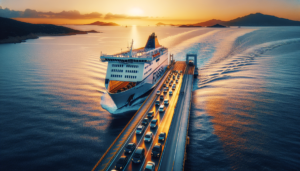What to do on the island of Lampedusa
In Lampedusa, the southernmost inhabited center of Italy, the main attractions are the sea and the beaches although, in reality, there is more to do and to see. On the largest of the archipelago of the Pelagie islands, with about twenty square kilometers of land area, in addition to sunbathing and sea bathing and diving, it is also possible to have fun doing other recreational and cultural activities.
If you want to know how to get there, the Porto Empedocle ➜ Lampedusa hydrofoil and ferry route should be considered (timetables, prices and other details can be found at the link).
Book a ferry
And now let’s get to the point!
1) Go to the beach
On the island there is one of the most beautiful beaches in the world: the beach of Conigli, located opposite the islet of the archipelago of the same name, in an oriented nature reserve, with limited access (you need to book on the website prenotazionespiaggiaconigli.it). Cala Guitgia is the largest beach, also with fine white sand. Cala Pulcino is wild, with gravel and pebbles, while Cala Croce is well equipped. And these are not the only beaches of Lampedusa: there are a total of fourteen.
2) Snorkeling and diving
The spectacular backdrops that shine through the waters of the crystalline sea are rich in biodiversity. The local diving centers organize both snorkeling trips with boat rides and stops to enter the water with fins, mask and snorkel, under the guidance of a PADI professional, and scuba diving in Capo Ponente, Punta Cappellone, Grotta Santa, Punta Parrino, Secca di Levante, La Madonnina and in other sites, at different depths and of various difficulties.
3) Circumnavigate the island
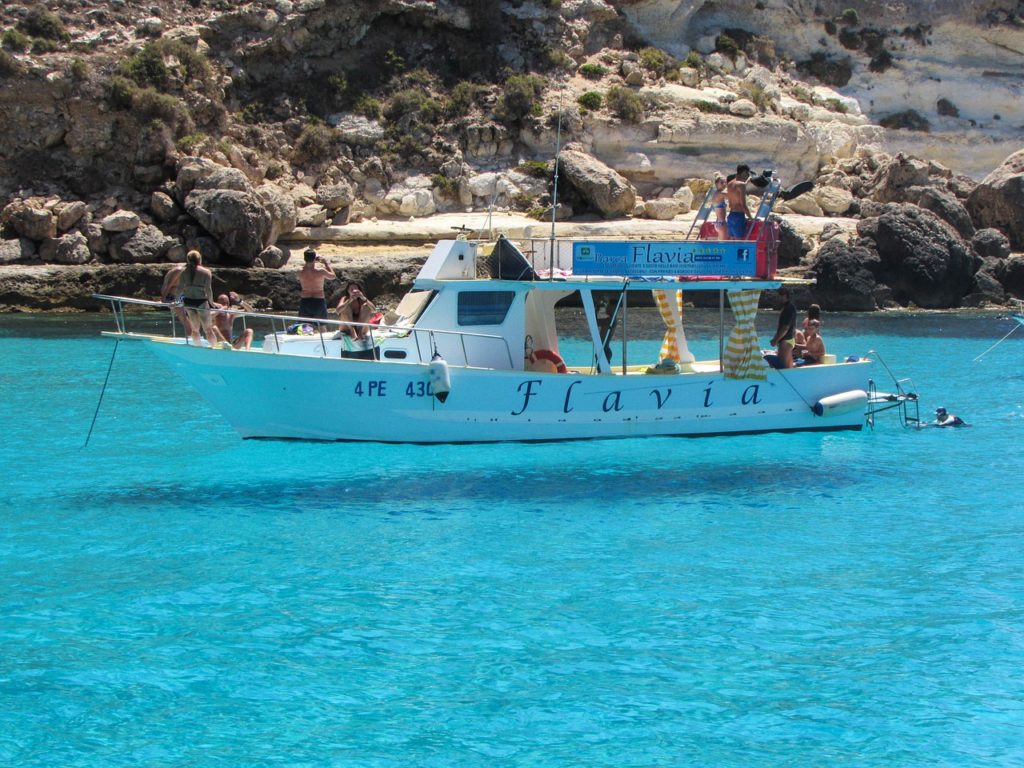
The tour of the island by boat is an experience to do, to visit inlets, coves and caves, take a swim in less frequented places, perhaps with lunch on board based on fresh fish; this latter opportunity becomes very likely if you choose a fishing boat to circumnavigate the island, but also other types of boats are available. The offer is very wide. Night outings are also proposed with fishing trips and dinner on board. There are also boats with solarium and cushions that have aperitifs at sunset as their strong point, while other captains offer dolphin watching. In short, there is something for all tastes.
4) Enter the “Casa Teresa” dammuso
The dammusi, the ancient dry stone buildings of peasant origin, with domed roofs for collecting rainwater, also characterize Lampedusa, where they were built by settlers brought by Bernardo Maria Sanvisente in 1843. The oldest on the island is Casa Teresa, restored and usable in via Ponente; from 1870, it was once inhabited by local farmers. The term dammuso derives from the Sicilian “dammusu” which means “vaulted”. Probably the first one were built during the Arab domination.
5) Explore the Island of Lampedusa Nature Reserve
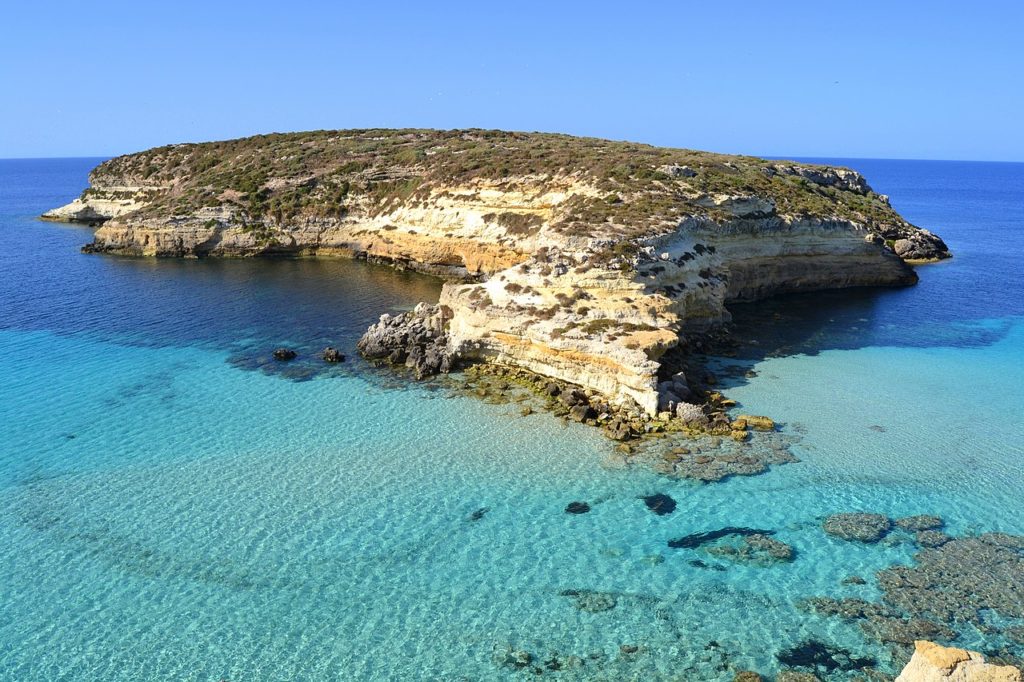
The Isola di Lampedusa nature reserve is located between the Vallone dell’Acqua and Cala Greca, and also includes the Rabbit Islet. The landscape is characterized by the garrigue, with euphorbia, mastic, thyme, capocchiuto, camedrio and Sicilian tea, and by the Mediterranean steppe, where you can find snakes (not dangerous for humans) Lacertine and Hooded Colubro, and the lizard Psammodromus algirus, as well as the Caretta caretta sea turtles, the green toad and lots of birdlife.
6) Go and see the Archaeological Museum of the Pelagie Islands
In via Roma there is the Archaeological Museum of the Pelagie Islands, with free admission. On the ground floor you can see a selection of finds, dating from the Neolithic to the Roman era; on the first floor, since 2016, there is the Museum of trust and dialogue for the Mediterranean, dedicated to migration, where a story testifies to the humanity of migrants. On the external facade visible from the sea there is a mural created by the artist Rosk&Loste.
7) Go up the hill of Albero Sole
The hill of Albero Sole is the highest point of the island (133 meters above sea level), from where a view of the archipelago appears and it does not leave you indifferent. From the top of this hill overlooking the sea, the gaze reaches far away, as far as the islet of Lampione and the island of Linosa. In the area, under a stone arch, an ancient wooden crucifix is kept.
8) Look at the Cassodoro obelisk
The “Cassodoro” Obelisk in Piazza Libertà is a bronze sculpture (525 x 90 x 90 centimeters) created in 1988 by Arnaldo Pomodoro. The contemporary artist wanted to commemorate the fallen of wars and at the same time honor life, and highlight the extreme experience that the sea gives fishermen.
9) Visit the Sanctuary of the Madonna di Porto Salvo and the Hermit’s Cave
Near Cala Madonna there is a small sanctuary dedicated to the Madonna of Porto Salvo, patron saint of Lampedusa, dating back to at least 1202, which is surrounded by a garden, Mediterranean scrub and caves. A legend tells that around 1500 a hermit who lived in one of these caves welcomed those who wanted to pray without distinction of faith (Christian or Muslim). On 22 September the statue of the Blessed Virgin Mary is carried on the shoulders of the faithful through the streets and in the evening a fireworks display is created.
10) Savor the gastronomy of Lampedusa
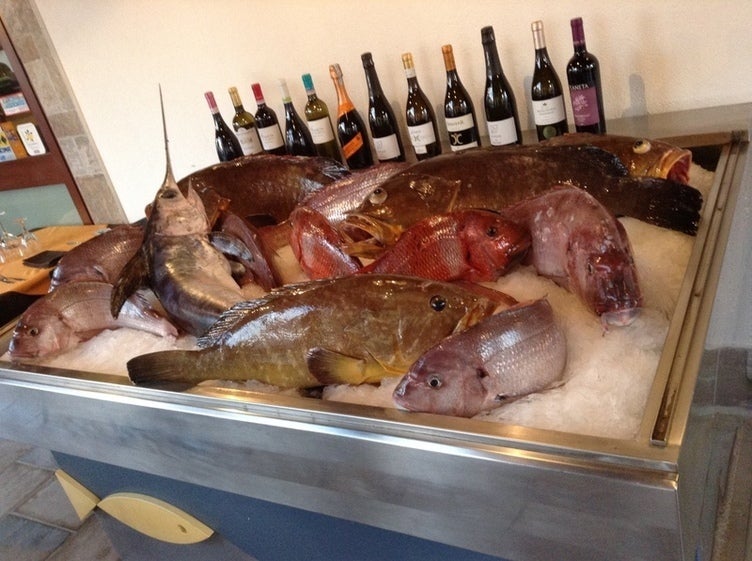
The typical local gastronomy is based on the flavors of capers, wild fennel, honey, tenerumi, which are the leaves of the long courgette, broccoli (called sparaceddi in dialect). The amberjack bottarga, the amberjack in Lampedusa oil, the spaghetti alla lampedusana (with mullet), the fish cous cous, but in general all local fish are absolutely worth trying. In Porto Vecchio and Porto Nuovo there are two fish market-restaurants: during the day they function as fish-shops and in the evening as restaurants.

